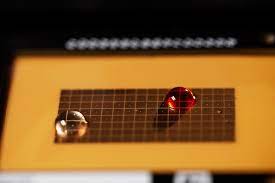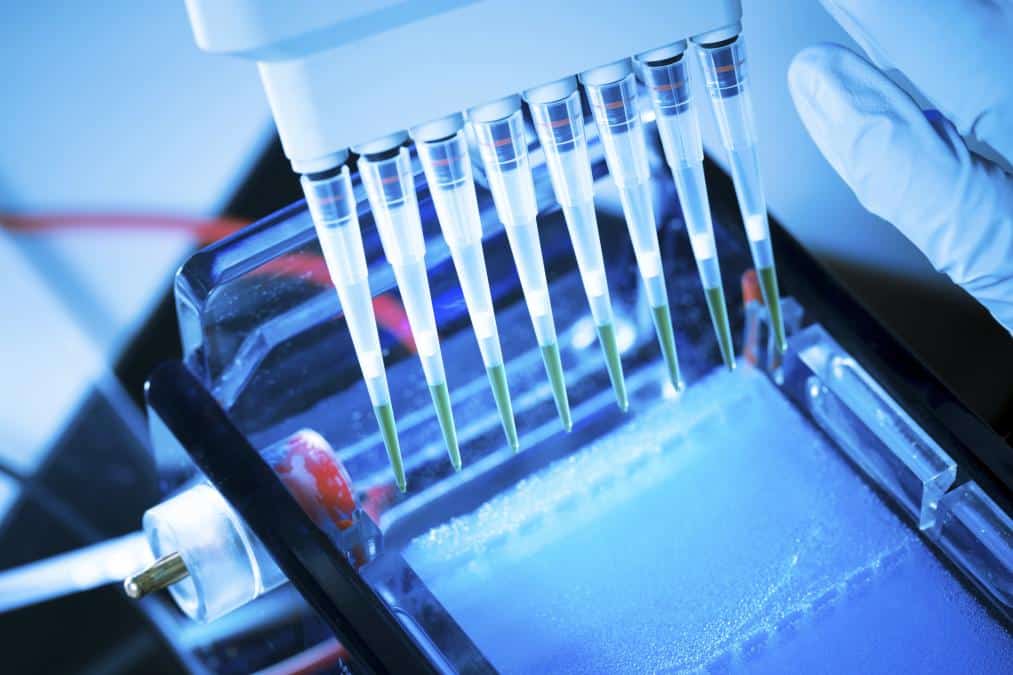Volta Labs has successfully secured funding worth $20 million to address a growing genomics bottleneck.
The Series A round was led by Maverick Ventures (Maverick also led a previous seed round). Along with participation from Khosla Ventures, Casdin Capital, and E14 Funds. Participants also include Illumina co-founder John Stuelpnagel. There are other big names in the genetics space also. For example, Anne Wojcicki, CEO of 23andMe, and Paul McEwan, founder of Kapa Biosystems. McEwan specifically has led sequencing sample prep programs at Roche Sequencing Solutions.
In 20 years sequencing a human – or an animal’s genome has made huge progress in terms of time taken and budget required. Despite massive improvements in this technology, the process can still be a bit clunky in the lab. Hence, Volta Labs is trying to bring focus on the boring parts of processing the genome.
The origin story of Volta Labs
Volta Labs was founded in 2018. It is a startup spun out of MIT’s media lab. It focuses on creating a programmable approach to DNA sample prep. The team is in the process of creating a desktop-sized instrument that can automate the processes used to get genetic samples ready.
CEO and co-founder Udayan Umapathi says that today, even he as a non-biologist can sequence a genome in a day or two on the bench. But if the steps to prepare the samples are looked at carefully, it’s still lagging by a large margin. It’s almost been neglected.
Back in 2015 Umapathi was working on his graduate thesis at MIT. He noticed that the existing technologies for moving, mixing, and heating fluids were archaic. Therefore, he concluded that if biology is to be done at a mass scale then automation of biology has to be built from scratch.

Automating Biology
Volta automates the process of DNA sample prep. Umapathi calls it “digital fluidics”. It is a form of electrowetting. This uses an array of electrodes organized on a grid, each of which can be charged or discharged. This creates something like a maze that can precisely position drops of liquid. The CEO is confident that with the right programming, this device can allow liquid manipulation to be done in even more complex ways. For example, using magnetic fields to draw certain molecules out of samples for further analysis. The goal is to keep it the size of a laptop.
Who is using Volta’s instrument?
Umapathi said that it is already in the hands of four partners that are testing it in the field. He declined to name the partners but described them briefly.
One is a company focusing on cancer care and neurological disorders, which has been using Volta’s tech to develop a DNA extraction process. One is a research institution in RNA applications. The third is a “genome center,” he says. The fourth company is a biotech firm interested in synthetic biology.
The company’s goal is to launch a “limited trial edition” at the AGBT Genomics conference in June. During that launch, Umapathi also expects to present data from the trial projects run with the “genome center.” He expects to have a commercial product ready in 2023.

